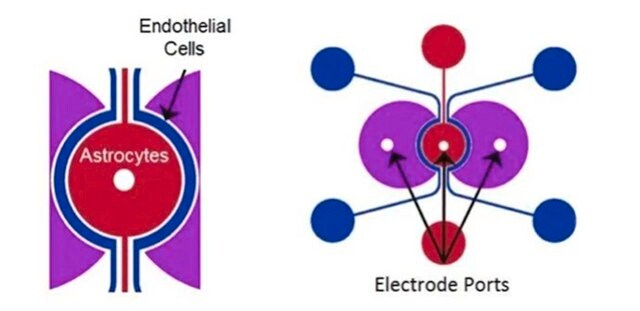W236500
1-Decanol
≥98%, FCC, FG
Sinónimos:
n-Decyl alcohol, Alcohol C10
About This Item
Productos recomendados
biological source
synthetic
Quality Level
grade
FG
Halal
Kosher
agency
meets purity specifications of JECFA
reg. compliance
EU Regulation 1334/2008 & 178/2002
FCC
FDA 21 CFR 117
FDA 21 CFR 172.515
vapor density
4.5 (vs air)
vapor pressure
1 mmHg ( 70 °C)
8.25 mmHg ( 100 °C)
assay
≥98%
autoignition temp.
550 °F
refractive index
n20/D 1.437 (lit.)
bp
231 °C (lit.)
mp
5-7 °C (lit.)
solubility
ethanol: 60%, clear, colorless (1mL/3mL)
density
0.829 g/mL at 25 °C (lit.)
application(s)
flavors and fragrances
documentation
see Safety & Documentation for available documents
food allergen
coconut
organoleptic
fatty; waxy; fruity; rose
SMILES string
CCCCCCCCCCO
InChI
1S/C10H22O/c1-2-3-4-5-6-7-8-9-10-11/h11H,2-10H2,1H3
InChI key
MWKFXSUHUHTGQN-UHFFFAOYSA-N
¿Está buscando productos similares? Visita Guía de comparación de productos
General description
Application
- Electroextraction of methylene blue from aqueous environmental samples using paper points coupled with hollow fiber membranes.: This research investigates a novel method for removing methylene blue from water using 1-Decanol. The findings demonstrate the effectiveness of this approach in environmental cleanup applications, emphasizing the versatility of 1-Decanol in extraction processes (Orlando et al., 2024).
- Multi-objective optimization of ternary blends of Algal biodiesel-diesel-1-decanol to mitigate environmental pollution in powering a diesel engine using RSM, ANOVA, and artificial bee colony.: This study explores the use of 1-Decanol in creating eco-friendly fuel blends. The results indicate significant reductions in emissions and improvements in engine performance, demonstrating the environmental benefits of incorporating 1-Decanol in biodiesel formulations (Alruqi et al., 2023).
signalword
Warning
hcodes
Hazard Classifications
Aquatic Chronic 3 - Eye Irrit. 2
Storage Class
10 - Combustible liquids
wgk_germany
WGK 1
flash_point_f
203.0 °F - Pensky-Martens closed cup
flash_point_c
95 °C - Pensky-Martens closed cup
ppe
Eyeshields, Faceshields, Gloves, type ABEK (EN14387) respirator filter
Certificados de análisis (COA)
Busque Certificados de análisis (COA) introduciendo el número de lote del producto. Los números de lote se encuentran en la etiqueta del producto después de las palabras «Lot» o «Batch»
¿Ya tiene este producto?
Encuentre la documentación para los productos que ha comprado recientemente en la Biblioteca de documentos.
Los clientes también vieron
Nuestro equipo de científicos tiene experiencia en todas las áreas de investigación: Ciencias de la vida, Ciencia de los materiales, Síntesis química, Cromatografía, Analítica y muchas otras.
Póngase en contacto con el Servicio técnico












